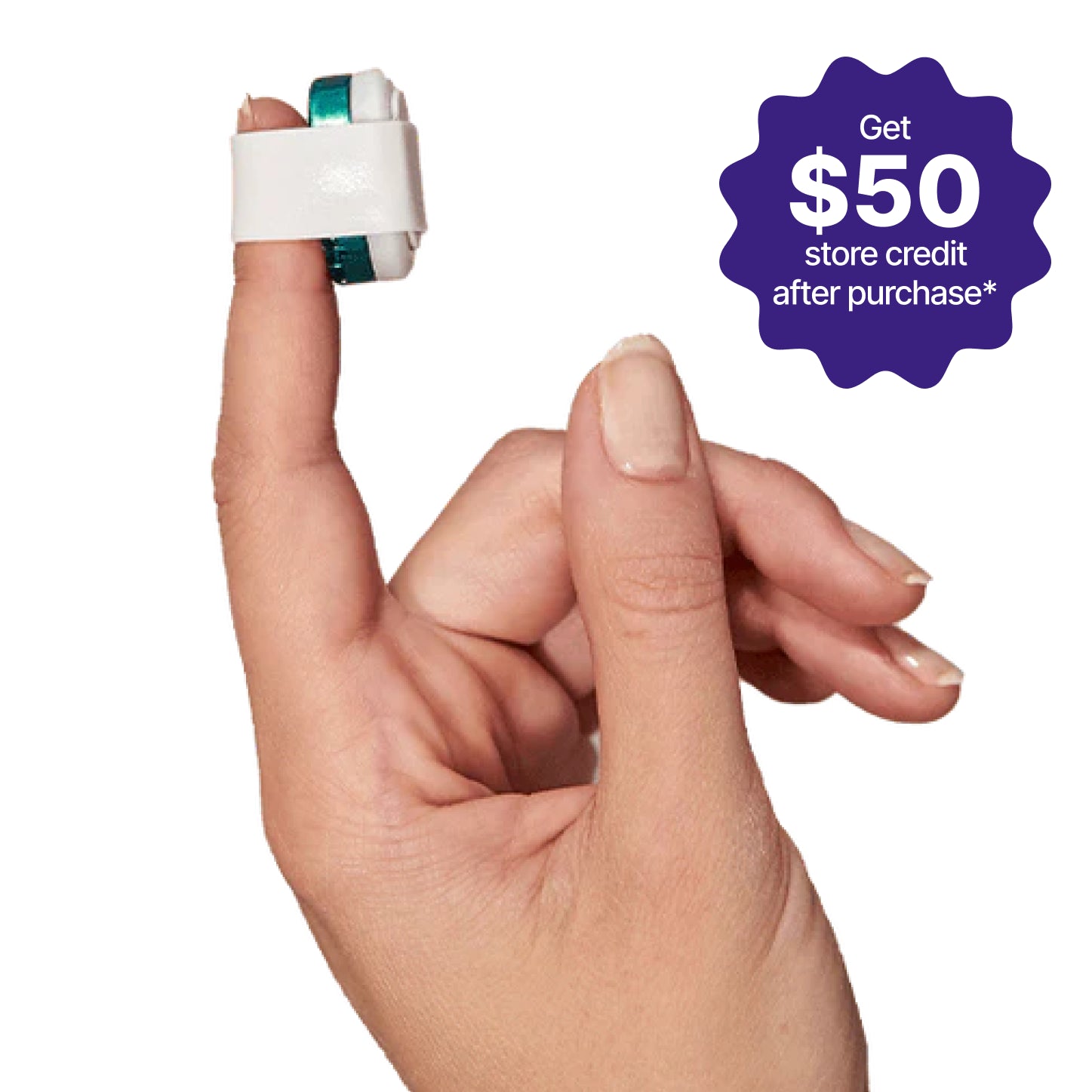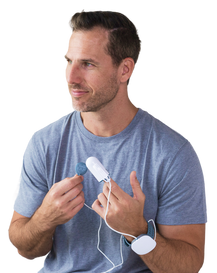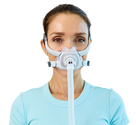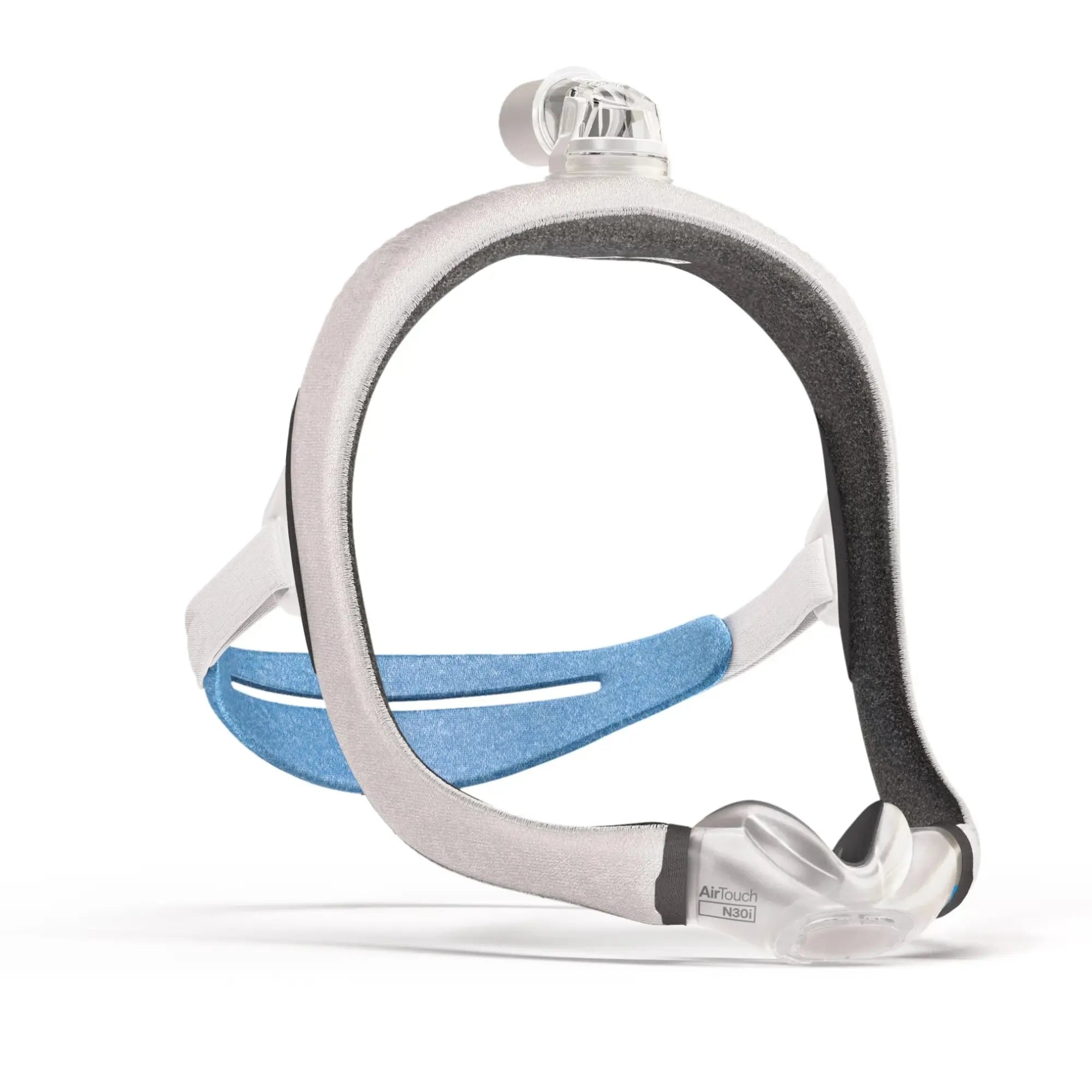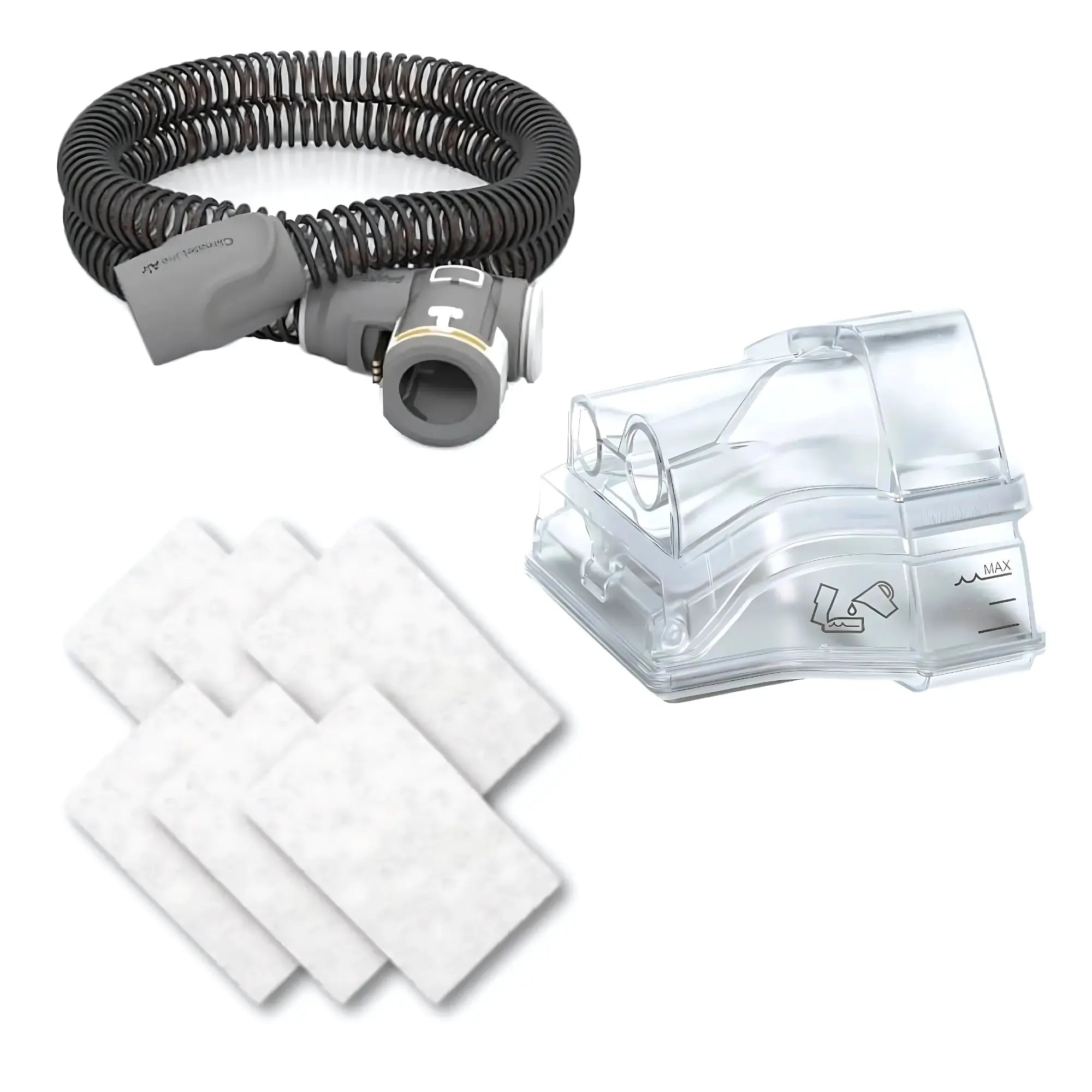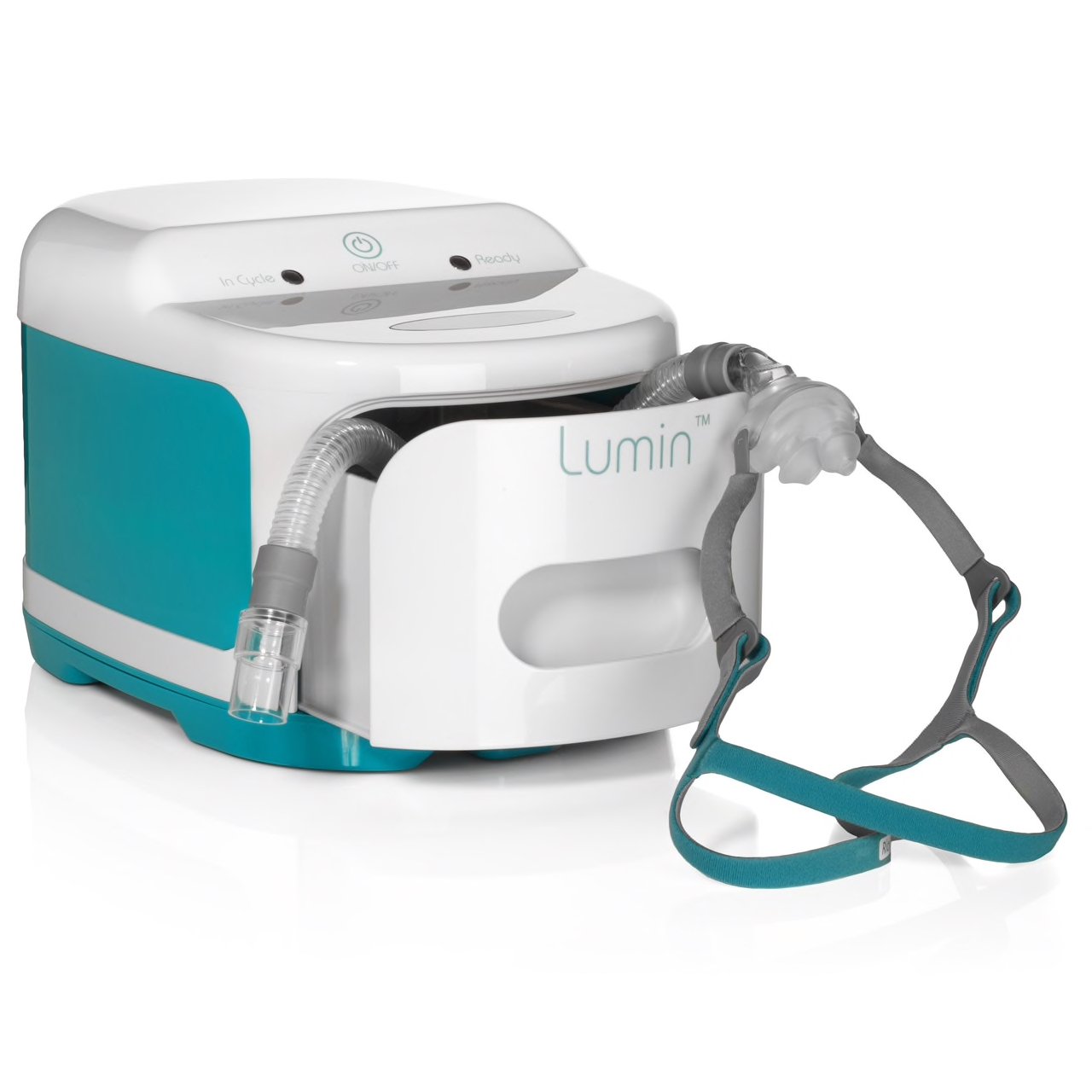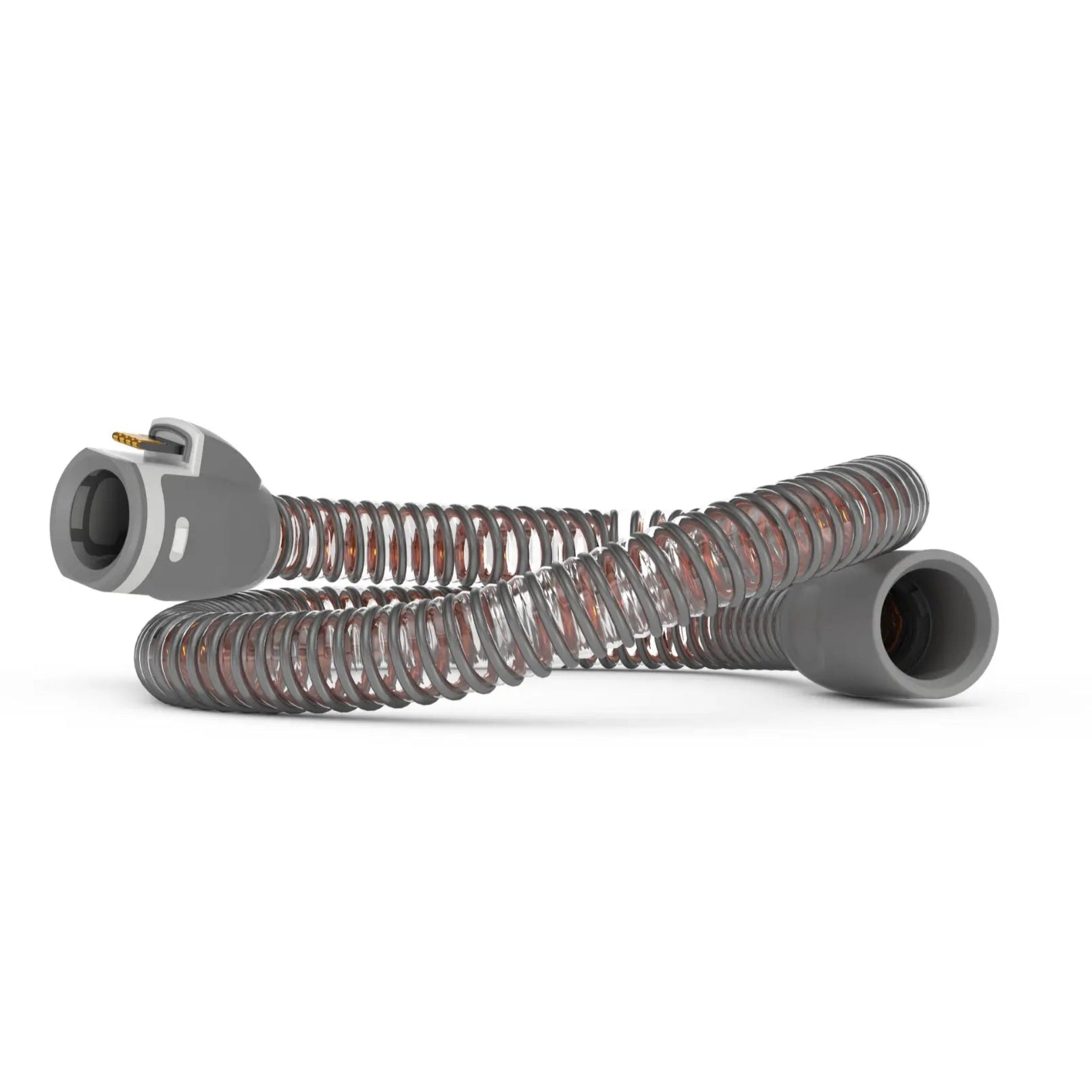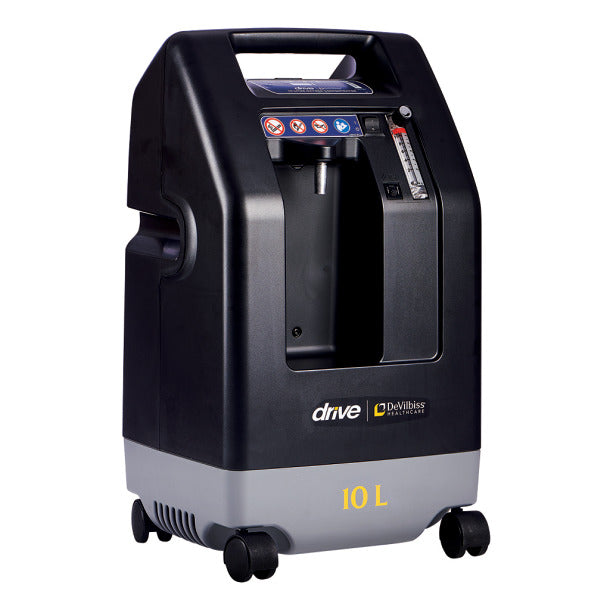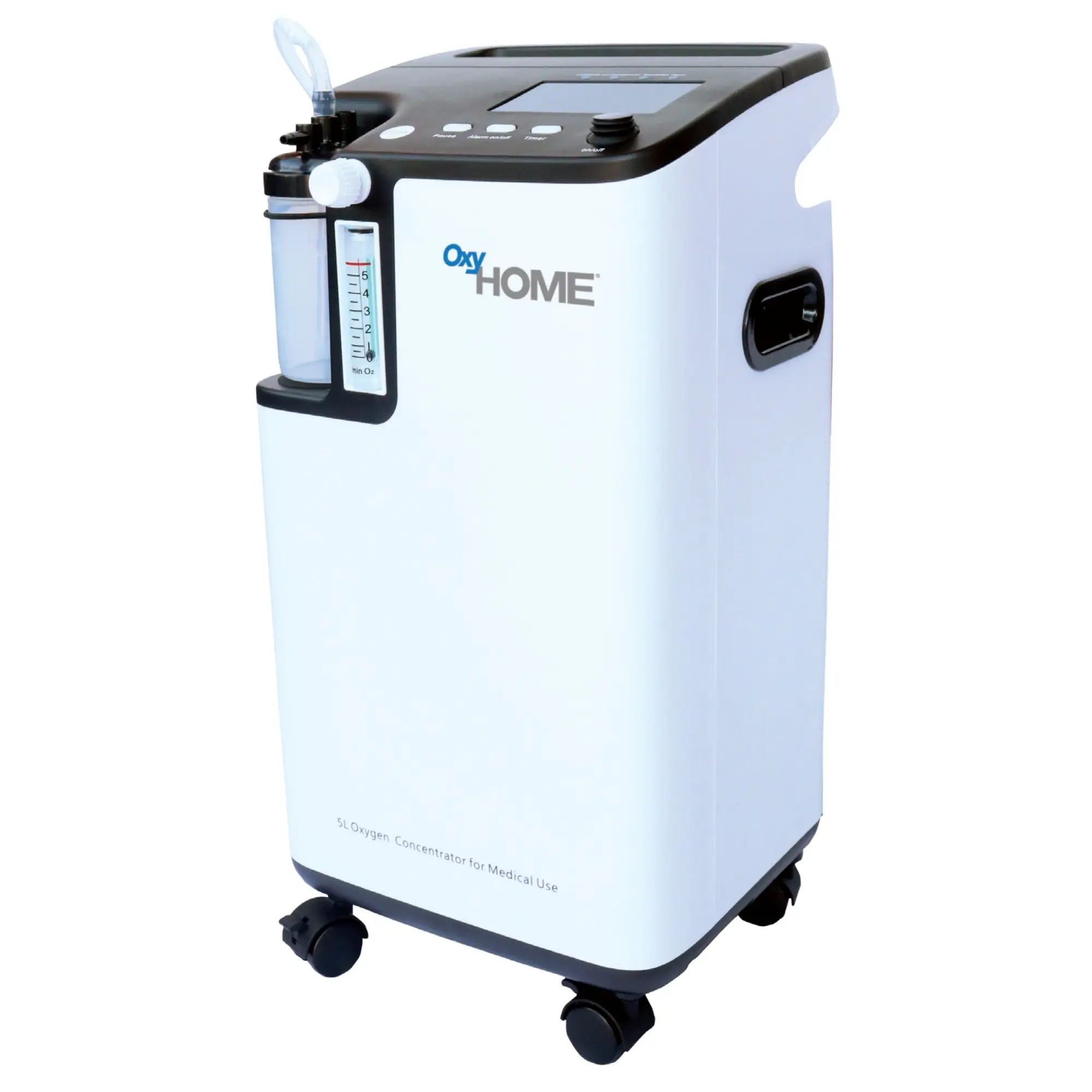Why would I have to monitor my sleep apnea? That is the question that many people ask when they have sleep apnea. Now it is not necessary for you to monitor your sleep apnea but it can help you get ahead of the curve when your therapy is not working properly. When an individual gets diagnosed with obstructive sleep apnea they tend to get a CPAP (continuous positive airway pressure) machine and begin therapy without ever monitoring how the therapy is working or not working for them. Patients that have sleep apnea can benefit from paying close attention to the therapy that they are using to treat their sleep apnea. This can help them and their healthcare provider determine if the therapy is working for them or if any adjustments need to be made.
All the latest CPAP machines on the market provide easy therapy monitoring features through the display of the machine, via an app on your smartphone, or in most cases, it has an SD card that you can take to your healthcare provider to have it downloaded. Knowing how your CPAP therapy is going is a vital part of using your CPAP machine.
From the moment you have your sleep study performed and are prescribed a CPAP machine, you should begin to monitor your sleep apnea. People feel that the moment they have their sleep study done they are no longer required to keep up with it and that is not a good outlook on your therapy. To have a great outcome on therapy, patients should make sure to keep up with their treatment and a lot of the new machines make it simple for basic monitoring. If you want to get more in-depth there are sleep forums that you can find online that can help you immensely.
Monitoring your sleep apnea can be as simple as looking at the sleep report that your CPAP provides you every morning when you wake up. The latest CPAP machines on the market will provide you the basic data needed to monitor your sleep apnea. Machines like the ResMed AirSense 10 provide you basic data like the hours of use, the events per hour, and if the mask is sealing properly. The data on the machines do go further and provides more info as to the amount of obstructive and central apneas. The data on these machines can give you the AHI (apnea-hypopnea index) which is the main thing sleep specialists are looking for when they are monitoring your sleep apnea.
Diagnosing Sleep Apnea

Sleep Apnea is a disorder diagnosed by a doctor based on symptom history, a complete physical examination, and results of a sleep study or sleep apnea test. Your doctor will evaluate your symptoms and then decide if you should be referred to a sleep specialist.
Sleep specialists are doctors who specialize in diagnosing and treating patients with sleep disorders. When your doctors are screening you to see if you are a candidate for having sleep apnea the doctor will follow clinical guidelines to determine if you should have a sleep study done. These sleep studies measure a series of things from eye movements to oxygen saturation, leg movements, sleep time, and also how fast and how long you go into different sleep stages. Validation that you are in fact a sufferer of sleep apnea is the main goal of these tests. Sleep apnea testing can be done at home with a home sleep study and is a good test for anyone that does not have any core morbidities.
Do you believe you might have sleep apnea?? While a self-diagnosis is not possible some of the symptoms that indicate you might have sleep apnea are daytime sleepiness, low blood oxygen levels, When your sleep specialist is trying to diagnose you with a sleep disorder they will order a sleep study to be performed. This can be in the form of a home sleep test or a test done at a sleep laboratory.
Patients that are sent to a sleep lab to have the test done usually require a bit more observation due to a pre-existing condition or have severe sleep apnea and need the specificity of a titration done by a sleep lab to gather the optimal therapy needed to treat the sleep apnea. The general population is not going to need to have a sleep study done at a traditional sleep lab and can benefit by having a less costly home sleep test performed. The benefit of having a home sleep study is that you can do it in the comfort of your home without having to go to a sleep center.
Ways to monitor your sleep apnea

There are a few ways to monitor your sleep apnea therapy beginning with the diagnosis of obstructive sleep apnea (OSA), you are already on the right track by having gone to your doctor to have a polysomnography test done. After having your polysomnography test done and it is determined that you do have sleep apnea you can begin to monitor your apnea in a multitude of ways. The main way to monitor your sleep apnea is right off of the device you receive like your CPAP machine. These machines will provide you all the data needed to know that your therapy is being successful.
A key factor to look out for is the way you feel, if all is well with your therapy you should feel more refreshed when you wake up or at the very least see some improvements in any of the symptoms that you had previously to starting your sleep apnea therapy. Patients who want to take it a step further can monitor their sleep apnea by checking their blood pressure in the morning when they wake up and even their heart rate. If sleep apnea is what is causing your sleep apnea then you will see an improvement in your blood pressure the moment that you begin to use your CPAP machine. Smart devices are also being used to monitor and discover patients who have sleep apnea.
There are many different types of smart devices that can help when trying to track your sleep apnea. Smart devices like smartwatches can help you monitor your sleep apnea by tracking your heart rate. Most of these devices will alert you when there are any irregularities and can help you establish how well your therapy is working.
Also, there are pulse oximeters that are dedicated as apnea monitors that can help track any breathing disorders. These portable monitoring devices help you track your heart rate and oxygen saturation but do not track your respiratory efforts. When doing pulse oximetry monitoring you should be paying close attention to the heart rate and also understand that your oxygen saturation does tend to go down a bit when at rest. You want to make sure to track your overall wellness and make sure your oxygen saturations are not dropping below optimal levels.
Final thoughts
Monitoring your home sleep apnea is something that is being made easier day by day with the introduction of smart devices. Patients should keep in mind the risk factors of not monitoring their sleep apnea but should always consider follow-up visits with their physician in clinical practice to make sure the therapy is going well, sometimes it's as simple as filling out a questionnaire.
Monitoring if you snore or have any other symptoms of sleep apnea can also provide a good guide to how your therapy is working for you. Your CPAP device can give you more than just the airflow, it can give you how many respiratory events you have as well as how many leaks you are having so you can correct the mask placement. With all this being said it's time to start monitoring your sleep apnea!



